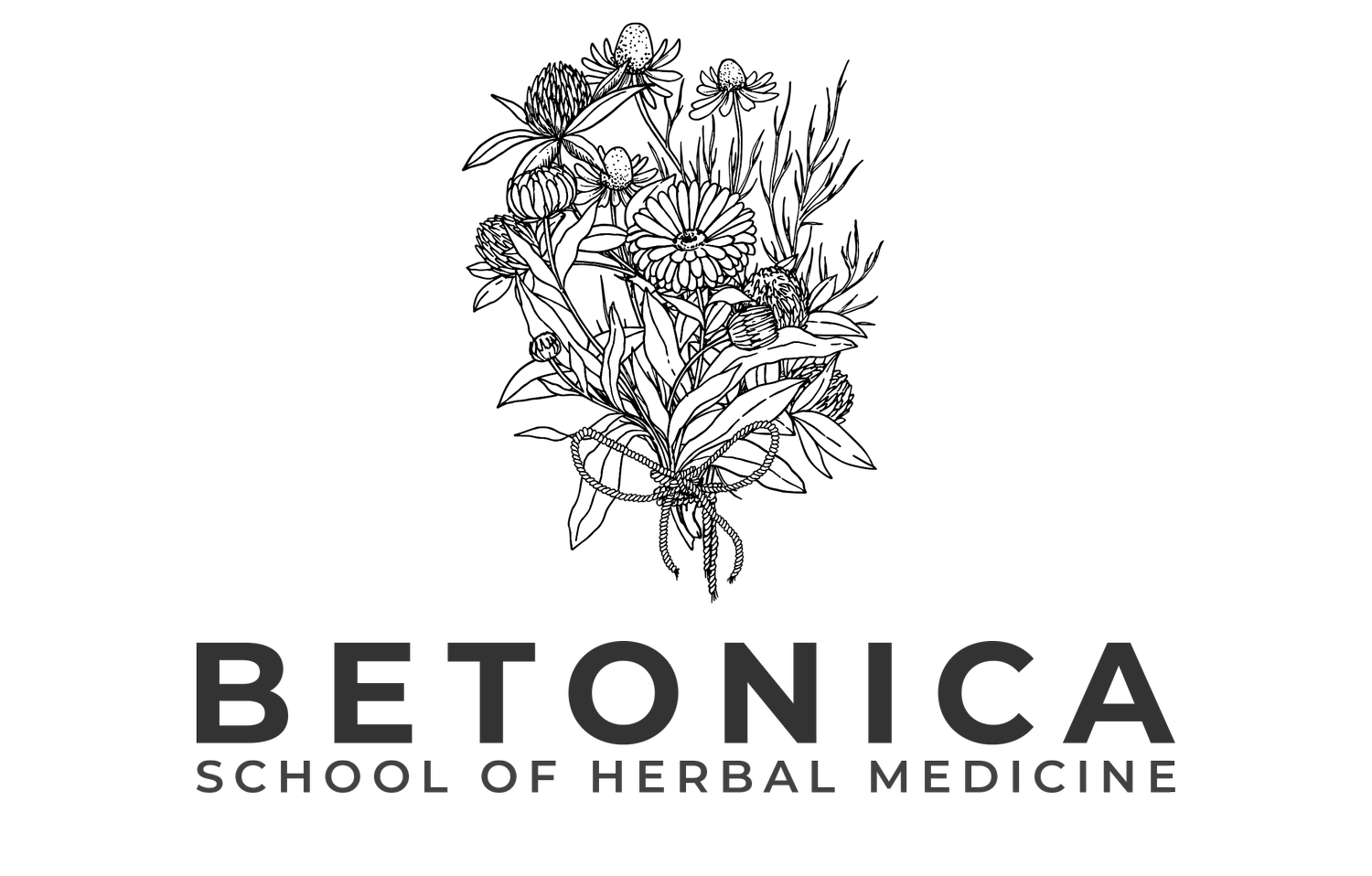What is Referencing + plagiarism?
Plagiarism is “the process or practice of using another person's ideas or work and pretending that it is your own”
— Cambridge Dictionary, 2022
Referencing allows students to showcase the breadth of writing and research in the process of creating their work. It also acknowledges the help they received along the way. It is an important skill to get the hang of as it is both a useful tool and helps us avoid plagiarism. A more in-depth explanation can be found in the introduction to the Style and Referencing handbook in the button below.
Plagiarism is a form of cheating whereby sources are not acknowledged, and or copied direct. As such it needs to be understood and avoided to ensure academic integrity
Please watch this video on academic integrity
Watch the video below on understanding what plagiarism is.
Read the handbook available through the button below
Complete the quiz (75% minimum pass rate). If you do not meet the grade, please read the quiz feedback and try again. Scroll down to see quiz.
Students are also taught about what plagiarism and referencing are in the following ways:
They are taught directly about plagiarism (as part of the referencing class) in Year 1 ( and Year 2 if they join later).
They can access the video below to learn more.
Students are also asked to read this page and the Betonica Style and Referencing Handbook to understand good academic writing.
Students may request their head of year, personal academic tutor or other member of staff if they would like more support in understanding plagiarism, or if they have missed the class through non-attendance.
WATCH THESE VIDEOS
PLEASE TAKE THIS QUIZ
Plagiarism
& AI ACADEMIC OFFENCES
Plagiarism & use of AI is a serious academic offence
If a student is suspected of plagiarism, they will be failed on the piece of work and be asked in the first instance to meet their year head or PAT.
In serious circumstances, their case may come before the Academic Integrity Board (this is a board made up of independent members within academia).
In serious cases, a student will be asked to leave the course.
Please note, assignments generated by AI software will not be considered the student's own work. The student will receive an automatic fail and face the same consequences as plagiarism.
Please see the Student Conduct Policy
Things you should know
The most important thing to understand about Turnitin is that it does not directly identify plagiarism; instead it provides a report that allows students and staff to see where plagiarism may have occurred. No student would be accused of plagiarism without a member of staff first reviewing this report in detail to verify that there are indeed grounds for such an accusation based on reasonable academic judgement.
When you submit work to Turnitin, it is usually stored within the Turnitin database so that it can be cross-checked against future submissions from Betonica and other UK universities. You retain the copyright and intellectual property of all work that you submit. The makers of Turnitin also work closely with the UK Information Commissioner’s Office to ensure that your work is used fairly and legally.
The Turnitin database is very large and growing. Turnitin has agreements with many major publishers to include books, journal articles and conference proceedings when they are published. There is also an ongoing project to include many older, out-of-print and back-catalogue books and articles. However, Turnitin does not contain every word ever written, and so may miss some matches even where text has been copied from another source.
Although a high originality index may indicate possible plagiarism and a low originality index may indicate original work, this is not always the case. In many subjects, learning the ‘language of the discipline’ is part of the university academic process, so it is highly likely – perhaps even desirable – that some matches will occur. The extent of this depends on the nature of the subject, how many quotations you use and your own academic writing style.
Do not aim for a specific originality index that you think will be low enough to avoid detection. Accusations of plagiarism can occur even if only a small amount of text is copied. Instead aim for academically sound writing with all your sources properly acknowledged.
Turnitin is only one of the tools used to identify possible occurrences of plagiarism. Don’t forget that your work will also be read by subject experts with years of experience in marking student work. They are able to spot instances of plagiarism even where electronic systems such as Turnitin do not.

